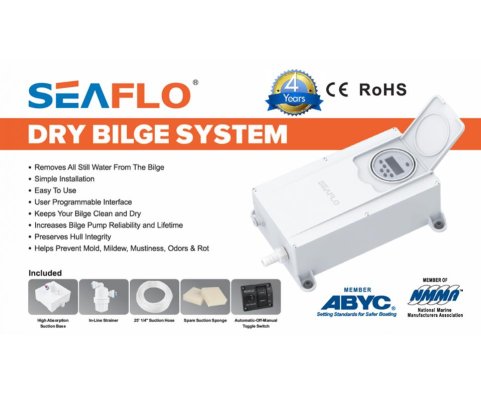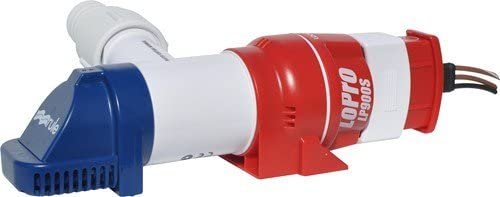Alaskan Sea-Duction
Guru
- Joined
- Jul 6, 2012
- Messages
- 8,084
- Location
- USA
- Vessel Name
- Alaskan Sea-Duction
- Vessel Make
- 1988 M/Y Camargue YachtFisher
I am replacing one of my bilge pumps. Last winter I had check valves installed on 2 of my pumps spaced about 5 inches from the pump output.
The instructions with the 2000 Rule automatic pump says NOT to install a check valve. Without one I get about a quart of water back into the bilge.
What say you?
The instructions with the 2000 Rule automatic pump says NOT to install a check valve. Without one I get about a quart of water back into the bilge.
What say you?


